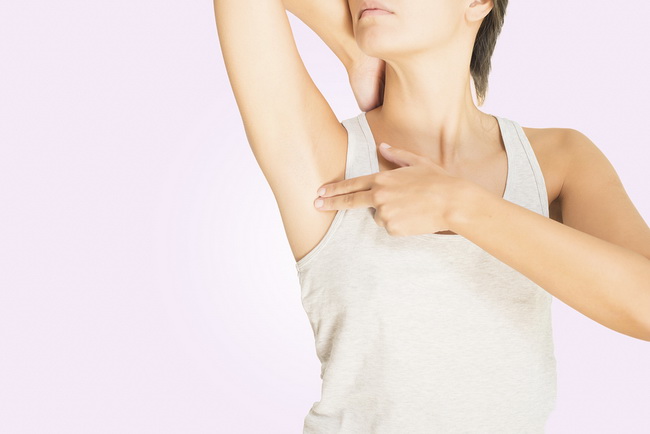- Make It Yourself Lavender Heart-Shaped Bath Bombs!
- 20 Things You Never Knew About “Down There”
- 12 Best Foods For Those Suffering From Arthritis Pain
- 12 Personal Hygiene Mistakes Almost Everyone Makes (Mom Never Told You About #4!)
- 15 Medicinal Plants And Herbs From The Cherokee People
- 12 Mind-Blowing Benefits Of Drinking Coconut Water During Pregnancy
- 12 Outstanding Winter Foods That Won’t Fatten You Up Like A Christmas Turkey
Hidden Dangers Of Mammograms All Women Should Know About
Health is on everyone’s mind, and we all try to do everything we can to prevent disease and ultimately avoid cancer. Breast cancer is a major concern for women with statistics being quoted all the time. The latest information states that about 1 in every 8 women will end up with breast cancer at some time in their lives. With facts like this staring us in the face, women are eager to do what they think is a preventive measure against cancer — getting a regular mammogram.
This used to be the best way to be proactive and make sure that even if you were diagnosed with breast cancer you could take action right away and nip it in the bud. But this appears to not be the case. New information reports hidden dangers that can actually be just as dangerous for women as being diagnosed with breast cancer. Before you schedule your next mammogram, look over the following concerns and discuss them with your gynaecologist to determine your best course of action.
1. False-positive readings
The repercussions of false-positive readings have been found to expose women to harmful radiation and medical procedures that were not really necessary. If a woman receives a false-positive reading, they may end up undergoing chemotherapy, surgery, and biopsies that were not actually necessary in the first place.
2. Toxic effects of radiation from mammogram equipment
It has been proven that one mammogram can expose a woman to the same amount of radiation as you would receive after undergoing 1,000 chest X-rays.
3. The effectiveness of mammograms has not been proven
It has been determined that mammograms have not been proven to raise a women’s chances of surviving breast cancer and definitely not proven to save a woman’s life any more than having a regular physical exam.
Continue to Page 2
4. Your immune system is your strongest defence against breast cancer
A breast cancer surgeon from UCLA, Susan Love, states that around 30 percent of any tumors found through a mammogram would go away on their own. With the effects that many of the treatments used to eliminate tumors being so detrimental to your health, it is less destructive to let the tumors heal on their own.
5. More breast cancer has been found through self-exams
With mammograms proving to be more harmful to women, along with the effects of the false-positive readings and radiation exposure, it’s ironic that 70 percent of breast cancer is discovered through self-exams.
6. Vitamin D is more effective in killing cancer cells that most breast cancer drugs
Researchers from the State University of New York in Albany found that when they injected a strong form of vitamin D directly into breast cancer cells, at least half of them withered away on their own and died in just a few days. The vitamin was able to have better results destroying the cancer cells without any side effects than the prescribed cancer medication.
Continue to Page 3
7. Mammograms may cause you to develop cancer
Premenopausal women who have screening mammograms have an increased risk of getting cancer. The procedure squeezes the breast tissue with enough force to hurt the smaller blood vessels, possibly spreading any cancer cells that may already be there to other parts of the body.
8. An incorrect diagnosis can be up to 100 percent
If a woman has a history of breast cancer in her family and has a background of beginning menstruation at an early age, the chances of being diagnosed with breast cancer using a screening mammogram when there really is no cancer present can be up to 100 percent.
With all of these disturbing facts, what alternatives do you have that are not only safe but reliable? Your best option would be thermography.
READ ALSO: Celery: The Underrated Veggie That May Fend Off Breast Cancer
This procedure has been around since the 1960’s and is not invasive or toxic and is able to provide accurate results based on heat readings and the differences in the tissues and surrounding areas of the breasts. While the original equipment may be outdated, it has recently been improved, and the technology is much more dependable. Talk to your doctor before submitting to the routine mammogram to determine your best procedure for breast cancer screening.
References:




































